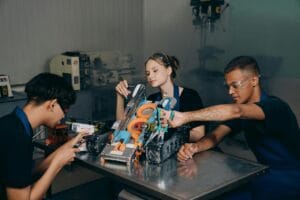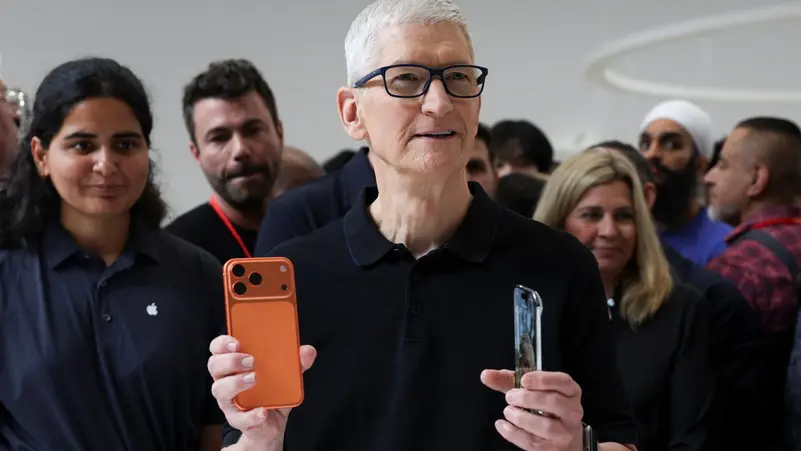Technology
Will AI Replace Millions of Jobs or Create New Winners in the Workforce?
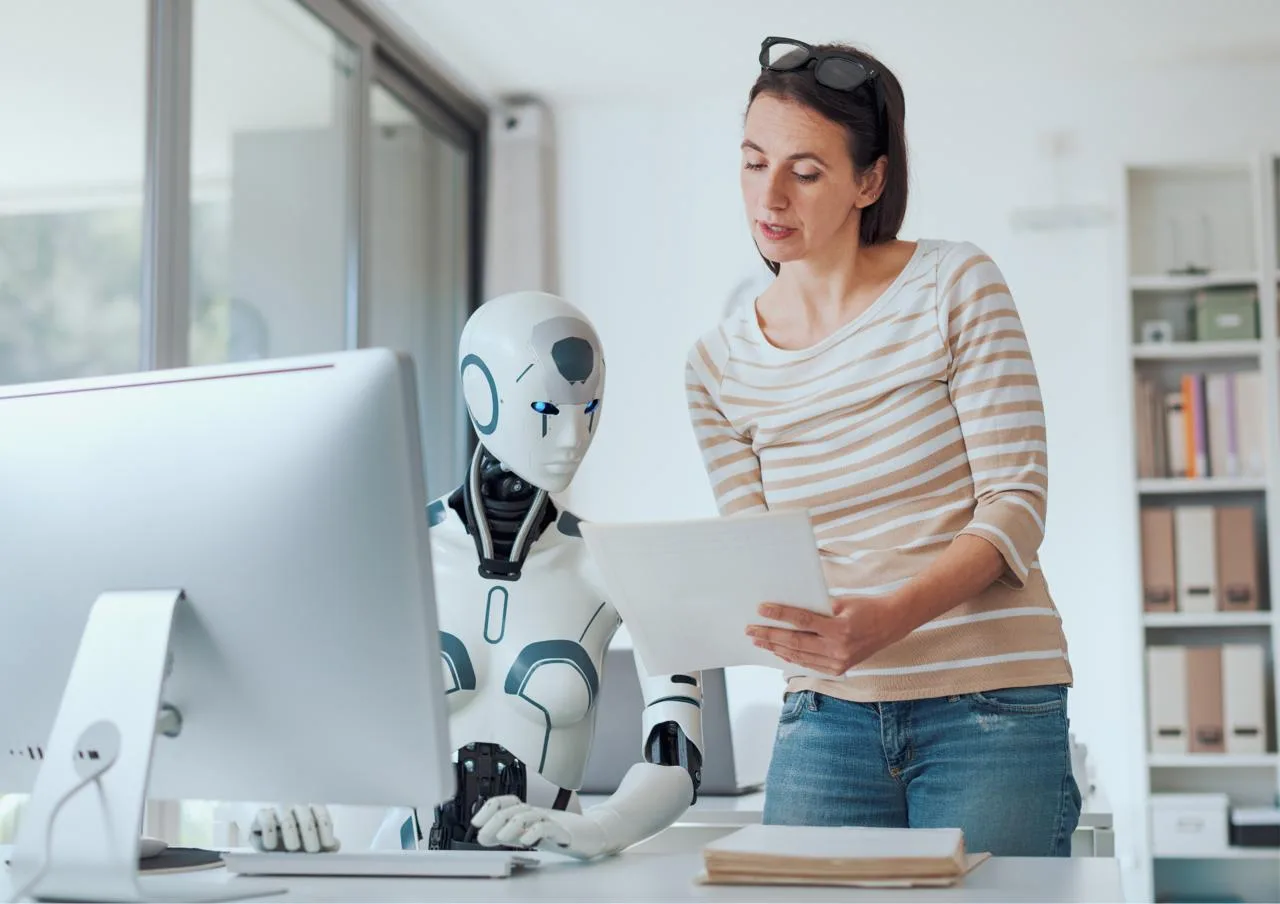
In recent years, AI jobs has become a central topic in global discussions about the future of work. Headlines frequently warn that AI replacing jobs could threaten millions of livelihoods, while others argue that artificial intelligence will open up new career paths and growth opportunities. This article explores both sides of the debate—examining whether AI impact on employment will be overwhelmingly negative, or if the future of work with AI will usher in new winners. We’ll delve into economic trends, industry shifts, case studies, and strategies companies and individuals can adopt to thrive.
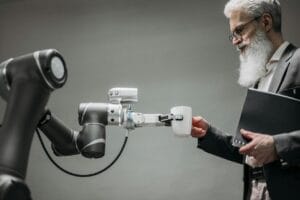
Understanding the Landscape
The Risks: Disruption and Displacement
From chatbots to automated factories, AI is increasingly capable of performing tasks once reserved for humans. Economists estimate that millions of repetitive or routine roles—such as data entry clerks, assembly-line workers, and even certain administrative roles—are vulnerable. According to one major analysis, up to 30% of existing jobs in the U.S. could be impacted within the next decade. As AI replacing jobs accelerates, low- and middle-skill workers are disproportionately at risk.
Moreover, the pace of deployment is starting to outstrip the pace of new job creation. Training programs and new roles in AI integration and oversight haven’t yet scaled up at the same rate. As a result, we’re witnessing significant regional imbalances: certain cities and regions, particularly those with heavy manufacturing or clerical employment, are already seeing higher unemployment or job stagnation.
The Opportunity: Creation and Transformation
Yet the picture is far from one-dimensional. The future of work with AI holds potential for massive transformation and innovation. Entirely new job families are emerging—such as AI trainers, explainability experts, ethics auditors, model interpreters, and AI-enhanced healthcare technicians.
Many industries are reporting labor shortages in these emerging roles. For example, companies and governments urgently need professionals to oversee AI systems, ensure fairness, and translate model outputs into actionable decisions. These careers often pay well and offer upward mobility, creating winners in the workforce who combine technical knowledge with domain expertise.
In addition, AI tools are boosting productivity for office workers, creatives, engineers, and researchers—allowing them to focus on creativity, strategy, and complex decision-making. In that sense, AI is augmenting human capability, not replacing it entirely.
Who Stands to Win—and Who Might Lose?
Winners: Adaptable Skilled Professionals
Highly skilled workers who can interact with AI, instruct it, interpret its output, or use it as a productivity multiplier have a strong advantage. Project managers, analysts, designers, and healthcare providers who embed AI into their workflows are often more efficient and in demand. The role of AI jobs here is to act as an augmentation tool that multiplies impact rather than replacing human insight.
Vulnerable Populations: Routine Workers
On the flip side, routine roles—like telephone operators, payroll clerks, or data sorters—are highly susceptible to automation. Workers in manufacturing or administrative support without retraining opportunities are facing the brunt of AI replacing jobs. Without reskilling, many may find themselves struggling in the new economy.
Understanding the Landscape
The Risks: Disruption and Displacement
From chatbots to automated factories, AI is increasingly capable of performing tasks once reserved for humans. Economists estimate that millions of repetitive or routine roles—such as data entry clerks, assembly-line workers, and even certain administrative roles—are vulnerable. According to one major analysis, up to 30% of existing jobs in the U.S. could be impacted within the next decade. As AI replacing jobs accelerates, low- and middle-skill workers are disproportionately at risk.
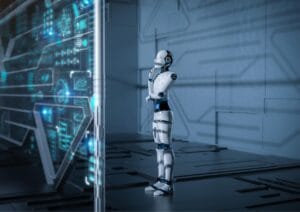
How Companies and Economies Are Responding
Reskilling and Upskilling Initiatives
Forward-thinking organizations and government agencies are investing heavily in training programs that prepare workers for AI impact on employment. These include technical bootcamps for data analysis and AI operations, as well as softskill curricula focusing on creativity, critical thinking, and ethical oversight. Community colleges and online platforms are offering flexible, affordable learning to accelerate career pivots.
Public Policy and Support Systems
Some governments are piloting shortterm income support, job transition grants, and apprenticeship partnerships with tech firms. In regions facing rapid automation, policymakers are working to attract AI research centers, sharing the benefits of growth in new future of work with AI careers. Tax credits for companies that reskill workers and funding for local innovation hubs are common tools being deployed.
Hybrid Workforce Models
Many businesses adopt hybrid humanAI models: they automate core repetitive processes while keeping humans in oversight, quality control, and customerfacing roles. Retail, finance, healthcare, and logistics increasingly use AI assistants—not as replacements, but as complements. Those business units recognize that blending hightech tools with human empathy and adaptability helps them serve customers better.
Case Studies
Customer Service with AI Augmentation
In the financial sector, one major bank implemented AI chatbots to handle routine customer questions—balances, transaction checks, basic account info. Human agents now focus on complex client concerns, fraud investigation, and personal advisory services. This shift reduced agent burnout and allowed agents to serve higher-value interactions. Net result: existing staff were retrained into more satisfying, higherlevel roles rather than replaced.
Manufacturing and Cobots
Romaniabased manufacturing plants have deployed collaborative robots (“cobots”) that work alongside human staff assembling electronics. These cobots handle repetitive screwtightening, freeing humans to handle inspection, troubleshooting, and quality assurance. Workers report greater job satisfaction and fewer physical strain injuries. While some assembly roles shrank, new technical oversight roles grew.
Healthcare Diagnostics
Radiology departments in hospitals have begun using AI to flag anomalies in medical images. Radiologists spend less time on scans filtering obvious cases and more on complex diagnostics, patient communication, and multidisciplinary care. Radiology nurses and AI communication specialists are now in demand. Patients receive faster screenings, physicians focus on diagnosis and empathy.
Strategies for Workers
Embrace Lifelong Learning
Even nontech workers can succeed by learning to collaborate with AI tools. Free and paid platforms exist to teach the basics of data literacy, prompt design, or business oversight of AI systems.
Develop Humancentric Skills
Strengthen skills like emotional intelligence, creativity, negotiation, linguistic nuance, and ethical judgment—areas that AI struggles with.
Seek Hybrid Roles
Look for hybrid positions such as AI project coordinator, domain specialist in AI deployment (e.g. healthcareAI liaison), or model bias review analyst.
Network within AIgrowing Industries
Join professional communities in sectors seeing AI growth—like biotech, precision agriculture, smart manufacturing, and augmented consulting. These networks often share job leads and reskilling resources.
Future Outlook: Balance or Divergence?
If trends continue as expected, the net outcome might be duallayered:
On one hand, AI replacing jobs will accelerate in sectors dominated by routine tasks.
On the other, ecosystem-wide demand for new roles will rise—especially roles tied to ethical governance, AI maintenance, interpretability, and humanAI collaboration.
In the bestcase scenario, we’ll see a future of work with AI where many displaced workers retrain into highervalue, more resilient jobs—fueled by community programs, corporate investment, and education reform. In the worstcase scenario, we risk widening inequality if automation proceeds without parallel investment in people.
Conclusion
The question, “Will AI Replace Millions of Jobs or Create New Winners in the Workforce?”, remains open—and likely will be answered divergingly across industries and regions. What we can say with confidence is this:
AI jobs are real—but they demand new types of expertise.
AI replacing jobs is happening—but not universally and not without options.
The AI impact on employment depends heavily on training, policy, and corporate responsibility.
The future of work with AI will reward those who adapt, learn, and collaborate with emerging technology.
To navigate this new era, governments, employers, and workers must act together—investing in education, embracing hybrid roles, and interrogating AI systems responsibly. The winners in the workforce will be those who see AI not as a threat, but as a tool to enhance human potential.
